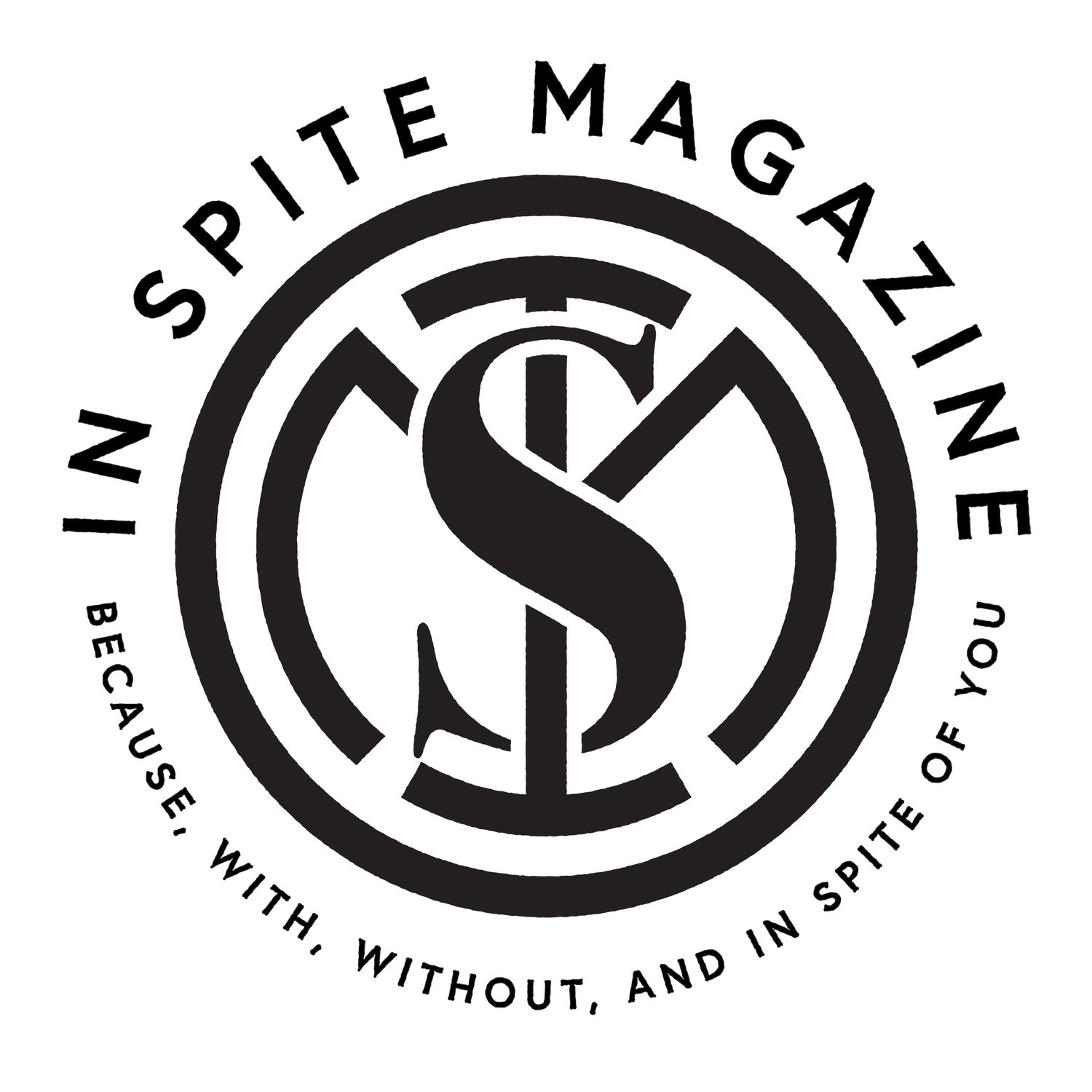Transcendence in Art Pop, with Pulp and Sparks
What is “art pop”? Ask Potter Stewart and he’d probably tell you he knows it when it sees it. Reader, earlier this year, I saw it. And it was beautiful.
It happened over a long weekend in May - three days spent travelling between the bunker, Warrington, and the Royal Albert Hall. For those not in the know, Warrington is the midpoint between Liverpool and Manchester, known for once providing refuge to both Oliver Cromwell, the SDP, and Kerry Katona, though not all at the same time. The Royal Albert Hall needs no introduction, and at time of writing is currently advertising performances by a Whitney Houston tribute and Deacon Blue.
Unless you’re covering unknowns or rising stars, gig reviews are often redundant. One opinion likely won’t change yours - you’re either a fan, or not. 1000 words of virtue extolling won’t change that. So I’m not bothering to review the shows. Instead, let me describe two moments of transcendence that, 4 months later, stick with me.
The first happened in a packed field in sunny Warrington. It followed an excellent show from ex-Slow Club folk singer, turned vanguard-leading art-popstar, Self Esteem, who gave one hell of a performance evoking nobody less than David Byrne. Then, after a hype-building slideshow announcing “the 524th concert by Pulp” - billed as an encore - Britain’s greatest living popstar, Jarvis Cocker, emerges atop a set of stairs.
He spies a boy, a girl, and the worst place in the world. Well, he is in Warrington.
After the cinematic ‘I Spy’, band tight as hell, The Elysian Collective gorgeous on strings, we, the audience are invited by our lord and saviour (his name is not Jesus, though he has the same initials) to clap three times, in rapid fire.
Clap-clap-clap.
Nick Banks plays four-to-the-floor.
Clap-clap-clap.
Where is this going? I ask myself in drunken, sunburned stupor.
Clap-clap-clap.
There is a tension in the audience. Then, finally, those three claps are accompanied by Mark Webber, and the opening riff to ‘Disco 2000’. There is an electricity in the air that I haven’t experienced in a very long time. After 2 bars of guitar, Candida Doyle joins on keys, and the rest of the band kick in. I and 10,000 others, once standing in a field, jump and dance in ecstatic harmony for 3 and a half minutes of classic Britpop. Were E’s and wizz involved? I couldn’t possibly speculate.
Thus begins 90 minutes of greatest hits. Great though it was, nothing quite hit the ecstatic, tear-jerking high of a moment that, in thousands of shows, allowed me the rare chance to lose myself in the moment.
I didn’t have to wait long for another chance.
Less than 24 hours and 250 miles later, I sit in the Royal Albert Hall. Unlike Pulp, who have recorded just one song since 2002, Sparks are touring their 26th studio album, The Girl Is Crying In Her Latte. Pulp were completing a victory lap; Sparks feel very much like they’re still in the race.
After 50 years, you expect them to sound perfect on stage, but that Russell’s voice sounds identical at 74 as at 24 is bloody remarkable. Backed by brother and deadpan comedy hero Ron on keyboard, and accompanied by a full band, they rattle through hits old and new, including the hilarious ‘We Go Dancing’, imagining Kim Jong-Un as DJ at the ultimate North Korean disco.
And yet, the audience remained firmly sat down.
Even ‘Balls’, recorded at the end of their house music era, couldn’t lift any arses. Then, entering the home straight, the brothers Mael play the title track of 1986’s Music That You Can Dance To. Finally, in the venue where I practically developed deep vein thrombosis during a 3 and a half hour Tangerine Dream concert, the audience had an excuse to get up.
Now, I don’t think I’ve mentioned my partner before in these columns. We could call her Ms. One Man Underground, One Woman Underground, or we could use her real name (which we won’t - she is a woman of mystery). The editor of this magazine once referred to her as a “punk connoisseur.” However we refer to her, though, one thing is sure - she does not dance. I have never seen her dance, certainly not in public.
But invited by Sparks? You cannot ignore that. That electricity I mentioned before? We had apparently carried it down the M6, and she, like me, was on her feet. The stuffy Italianate interior had become a multi-storey dance floor, and 5000 of us bopped in the palms of Marc Bolan and Adolf Hitler’s hands.
And then Ron joined in.
Front row photos courtesy of Billy Hicks.
That, and that alone, is enough for me.
The “art” bit of Art Pop implies a pretension. A sense that what you’re doing is somehow above others. “Pop” is the opposite - it’s intended audience is, by definition, everyone. Combine them, and get it right, and you may have created magic - a mass market product stimulating intellect and soul equally, a piece of self-expression that resonates across generations and even class. Between them, Pulp and Sparks demonstrate what happens when you combine these elements perfectly. That they each, for a moment, created a moment of complete transcendence in me, suggests a mark of genius.
Get it wrong, of course, and you end up with Fat Les.
Front row photo courtesy of Billy Hicks.
PS. Remind me to tell you about the time I sung on stage with Jarvis.







